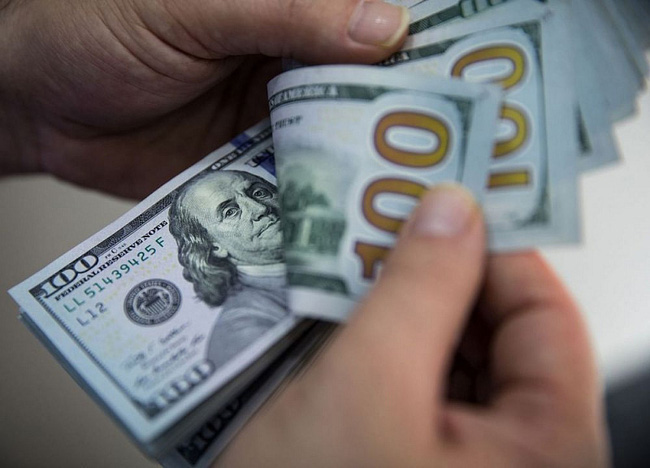The reverse currency war
It doesn’t seem that long ago that central bankers and finance ministers wanted weak currencies.

The US now stands accused of causing the reverse currency war as the Fed’s rapid policy tightening sparks a sharp rise in the dollar.
The US was accused by Brazil back in 2010 of creating a “currency war” by driving the dollar down via quantitative easing. Others appeared to want the same currency weakness, not least because low inflation and low growth were proving troublesome and a weak currency could be used to lift inflation via higher import prices and ‘steal’ growth from others through stronger net trade.
Today, the situation is very different: inflation is high and everyone seems to want a strong currency, or at least to avoid significant currency weakness. And just as the US was accused of creating the currency war with its QE over a decade ago, it now stands accused of causing the reverse currency war as the Fed’s rapid policy tightening sparks a sharp rise in the dollar.
The irony is that the US has the least to gain from “winning” any currency war. The vast bulk of its trade is invoiced in dollars and hence fluctuations in the exchange rate have relatively little bearing on domestic activity and inflation relative to most other countries. US officials know this and they are not deliberately starting a currency war to improve trade or have an impact on inflation; instead, the war starts inadvertently as aggressive Fed easing (or tightening in this case) causes the dollar to move sharply.
In contrast, many other countries, particularly in the developing world feel the full force of dollar movements, not just on trade if a large share of their imports are invoiced in dollars, but also in terms of external debt if – as is usually the case – a high proportion of external debt is denominated in the dollar. Hence, as the old saying goes, the dollar is the US’s currency but everybody else’s problem.
As we have just said, this issue normally weighs most heavily on emerging markets given things like trade patterns, external dollar borrowing and greater vulnerability to runs on the currency than developed countries. However, with inflation proving a bigger headache for many developed countries than developing ones, the current reverse currency war is seemingly more of a developed world problem.
Japanese policymakers, for instance, have long bemoaned yen weakness and, in the past week or so, we have started to hear more members of the Bank of England argue that sterling weakness is both a factor that has lifted inflation before now and could be a bigger issue going forward if others such as the Fed and ECB hike while the BoE stands relatively still. This is still a very long way from suggesting that rate hikes are needed to defend the pound’s level and we very much doubt that the BoE will get to a situation where it needs to do this.
Nonetheless, the difficulties embodied in a weak currency at this point have been laid bare and it won’t take much for the UK’s economic difficulties to be labelled as a re-run of the 1970s with its high inflation, militancy and – for the most part – slumping sterling. It is similar for the euro zone as well where euro weakness threatens to nullify impending ECB rate hikes. In addition, the ECB is well aware that fragmentation risks in the bond market are rising. Substantial weakness in the euro could not just frustrate attempts to lower inflation but also inflame any fragmentation stresses.
In short, it seems to us that most major nations outside the US could use a stronger currency right now, not a weaker one. But does this mean that some sort of international currency coordination is afoot, as we last saw in earnest in 1985 to bring down the dollar? Surely not. And what about the chances of the US recognising the difficulty that dollar strength brings for others in such an inflationary environment?
“Again, there seems little chance. Instead, policymakers outside the US will just have to wear dollar strength, hope that it does not lift inflation too much or, worse still, lead to currency crisis situations. In time, of course, US monetary policy will shift back and the strains from the higher dollar will ease. The question is whether this will come soon enough to avoid some nasty problems now. We doubt that it will”, said Mr. Steve Barrow, Head of Standard Bank G10 Strategy.








